13 terrible movies that could be fixed with just one change
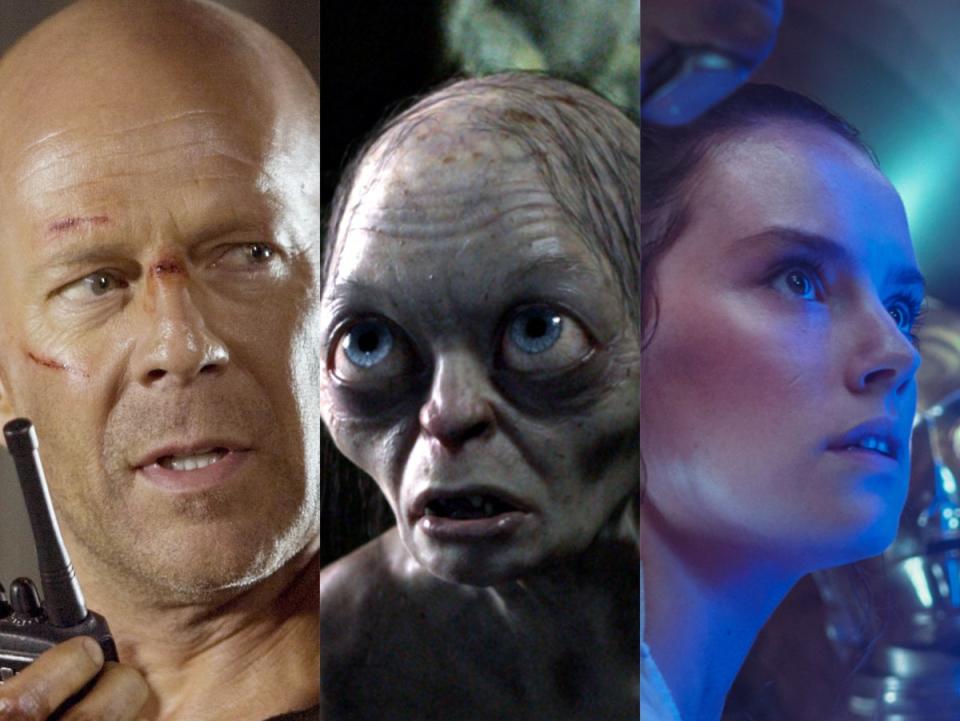
We’ve all seen it before: a potentially great movie that has been ruined by one problematic element.
There’s no telling what form this may take. Maybe it’s one terribly cast character. A terrible accent. An offensive joke.
It might be a terrible twist ending that ruins everything that came before it. Or a plothole that could have been sealed up with one stroke of a pen.
Sometimes, of course, the problems with a film run too deep to simply hope that one catch-all solution could immediately transform it into a masterpiece.
Other times, however? Maybe the fix really is that simple.
Here are 15 bad films that could have been vastly improved with just one change, from Star Wars: The Rise of Skywalker to Spider-Man 3.
Click here for The Independent’s ranking of the most glaring plot holes in famous movies.
Alien 3 (1992)
Most people’s biggest gripe with Alien 3 was the decision to kill off Newt at the very start of the film, effectively rendering the entire struggle of Aliens entirely moot. It surely wouldn’t have been hard to devise an excuse for Ripley (Sigourney Weaver) to arrive at the prison vessel without slapping fans of James Cameron’s previous entry in the face.
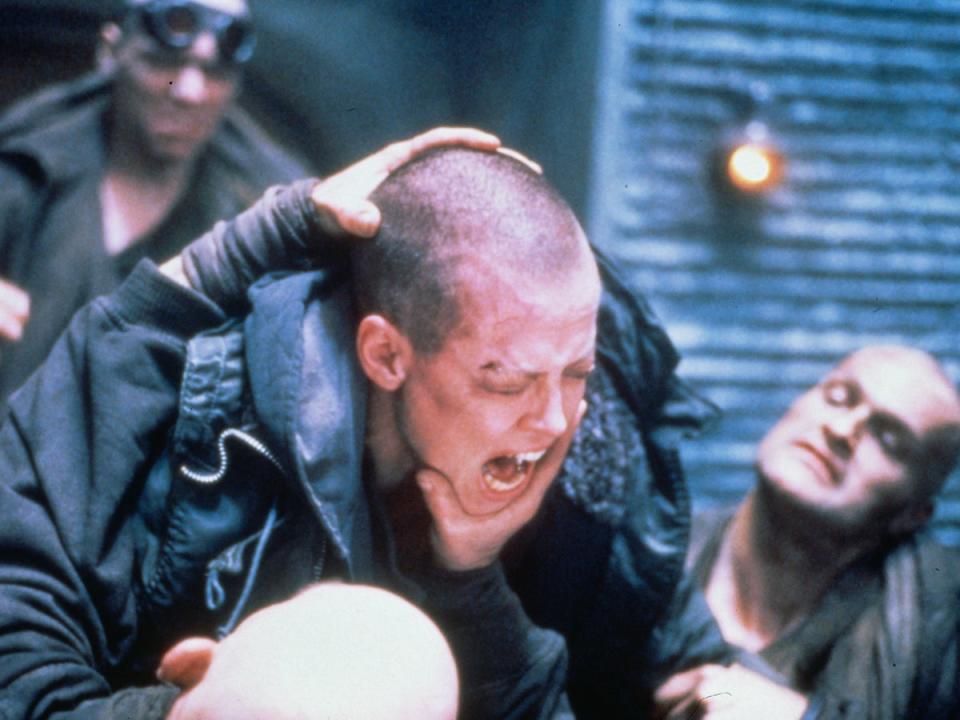
Breakfast at Tiffany’s (1961)
This classic Audrey Hepburn-starring film may not quite fit the description of a “terrible movie” – but one aspect has rendered it all but unwatchable for many modern viewers. I refer, of course, to Mickey Rooney’s racist interpretation of a Japanese character. Take that out, and the film immediately improves tenfold.
Die Hard 4.0 (2007)
By the time any franchise is onto its third sequel, chances are there’s going to be a bit of a decline in quality (with all due respect to the freakish stamina of the Mission: Impossible films). Die Hard 4.0 was the first of John McClane’s outings that felt truly disposable, a by-the-numbers action thriller that fell miles short of the original’s magic. There would have been one easy way to give it a bit more of that original Die Hard grit, though: add in some proper violence. The first two Die Hard films were released in the UK with an “18” rating (downgraded years later to a “15”). The violence in number four was softened to appeal to a wider market – and it undoubtedly lost something in the process.
Doctor Sleep (2019)
For the first two-thirds of its runtime, Doctor Sleep was a generally winning horror film that did a good job of establishing its own distinct mythology – despite being a sequel to The Shining. For its third act, however, the action returned to the Overlook Hotel, as depicted in Kubrick’s 1980 horror classic, and the whole affair devolved into a dizzy mania of references and callbacks. Lose the Overlook, and you’ve got a pretty great horror film on your hands.
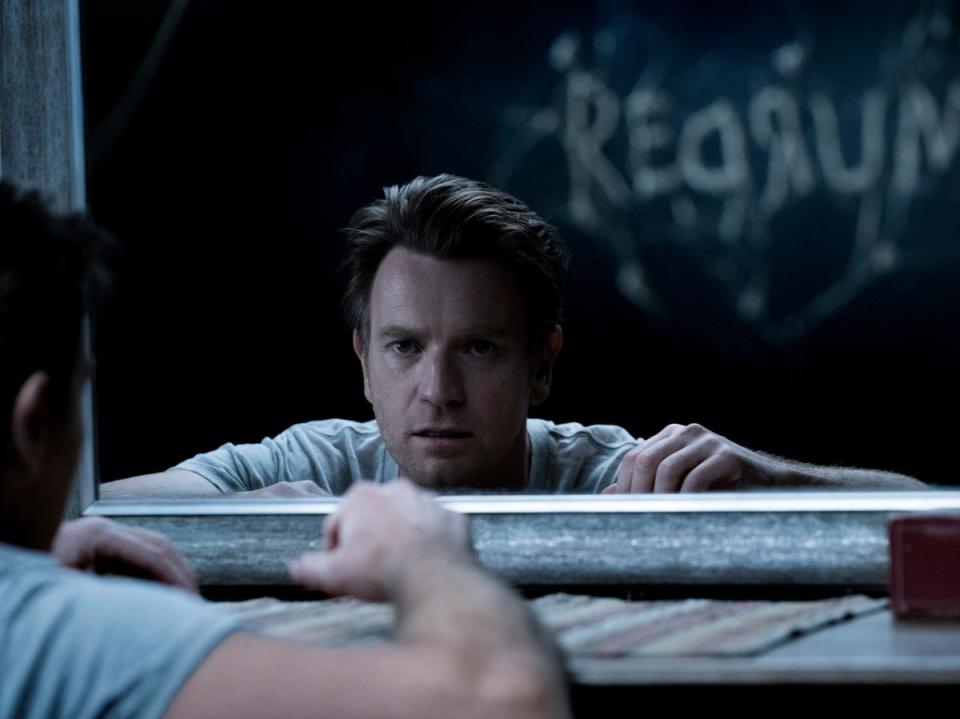
I Am Legend (2007)
I Am Legend was hardly a disaster, but any fan of Richard Matheson’s 1954 book will tell you that the adapation’s ending left much to be desired. Rather than have Will Smith’s Dr Robert Neville learn that he was, in fact, the villain in the eyes of the infected masses – the “legend” of the film’s title – the film simply saw him die an unproblematic hero, losing all the nuance and deeper meaning of the story’s conclusion. It’s an easy change to make; a variation on the book’s ending was actually shot as a deleted scene.
Indiana Jones and the Kingdom of the Crystal Skull (2008)
There are parts of Steven Spielberg’s much-maligned adventure sequel that no amount of tinkering will save; some people are always going to insist that aliens have no place in an Indiana Jones film. But there’s one moment that always made the film an easy target for critics – the scene in which Indy (Harrison Ford) survives a nuclear bomb blast in a fridge. Really?
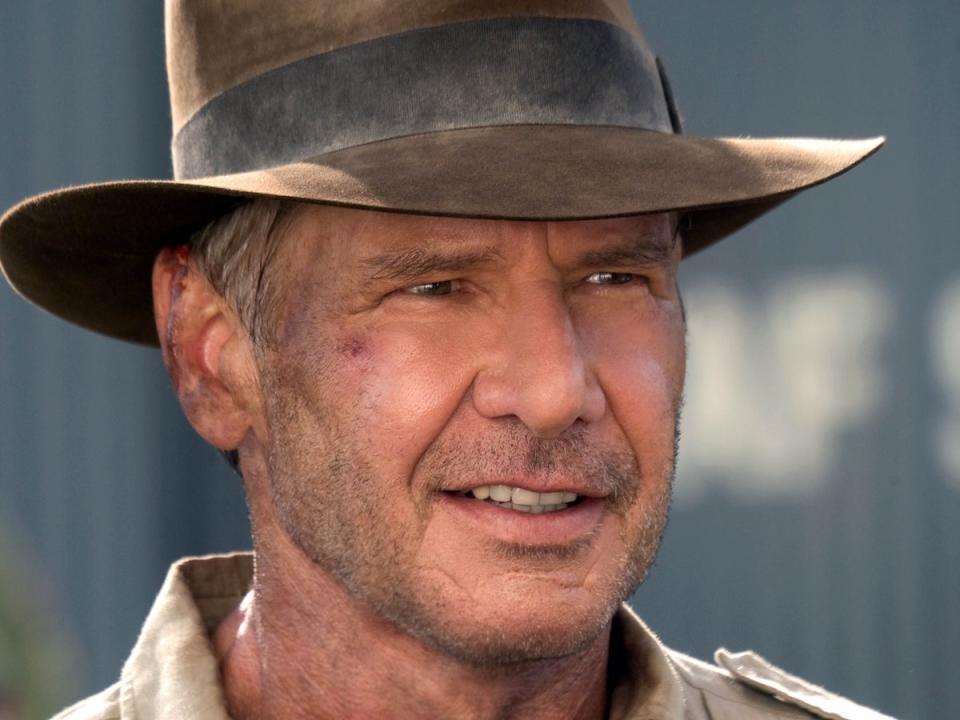
The Lost World: Jurassic Park (1997)
Steven Spielberg’s adaptation of Michael Crichton’s hastily churned out adventure sequel had its high points, but ultimately fell far short of the 1993 original. Perhaps the biggest problem was the insistence on a Godzilla-style “T-Rex on the loose in San Diego” sequence, which Spielberg decided to add just weeks before filming began. The plan was originally to make this segment the focus of its own sequel – which might have made The Lost World far more coherent. As is, however, it feels flashy and superfluous. Plus, the sequence derails the narrative at a crucial point in the story.
Les Misérables (2012)
There was a lot of talk about Tom Hooper’s adaptation of the hit stage musical Les Misérables when it first came out. While critics lavished praise on Hugh Jackman and Anne Hathaway, one castmember attracted near-unanimous scorn: Russell Crowe, playing the villain Javert. In truth, Crowe’s performance is actually quite good, but his singing is wildly upstaged by some of his classically trained co-stars. Replace Crowe with a Broadway-calibre singer, and the whole film clicks up a gear.
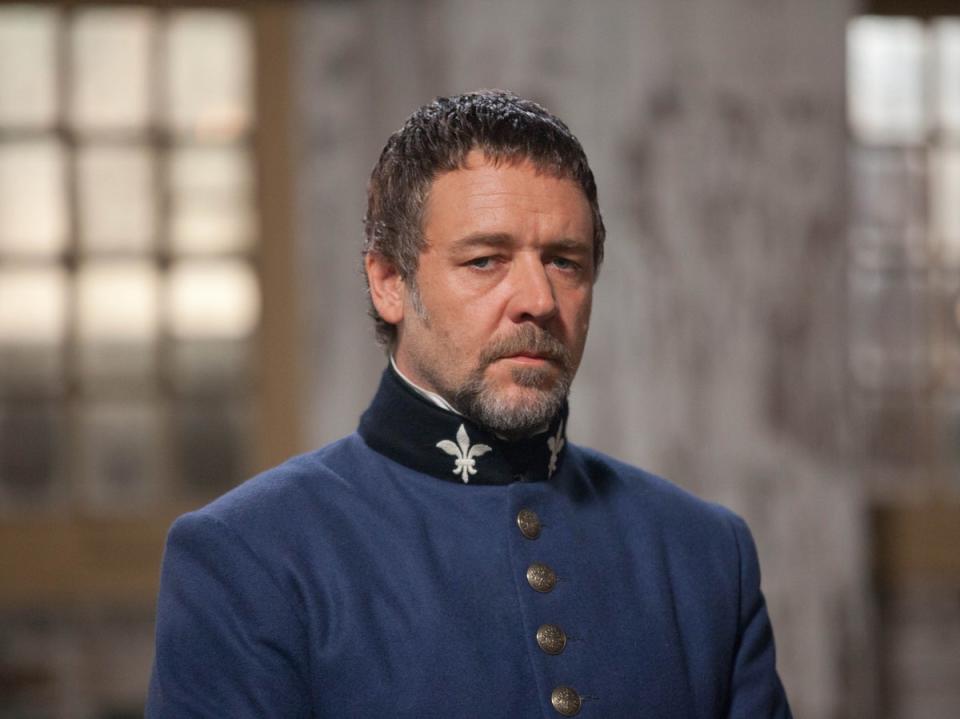
Passengers (2016)
This sci-fi film, starring Jennifer Lawrence and Chris Pratt, saw Pratt’s character doom Lawrence to a life of co-dependent isolation when he wakes her prematurely from cryo-sleep to keep him company aboard a luxury spaceship. As many people suggested at the time, the film would have worked much better if it started at the point Lawrence was woken up, allowing us to discover Pratt’s transgression when she does. Instead, there’s no twist here and significantly less intrigue as a result.
Spider-Man 3 (2007)
How to fix Spider-Man 3 is easy: get rid of Venom. After the runaway success of the first two Spider-Man films, Sam Raimi should have been given carte blanche to do what he wanted with the third. Instead, studio executives forced Raimi to cram Spider-Man’s shockingly popular nemesis into a film which already featured two villains – Thomas Hayden Church’s Sandman and James Franco’s Harry Osbourne. Spidey 3’s main problem was feeling overstuffed and underdeveloped. These are two problems that would’ve been at least partly solved by the removal of Venom – and with him goes Topher Grace’s lacklustre performance.
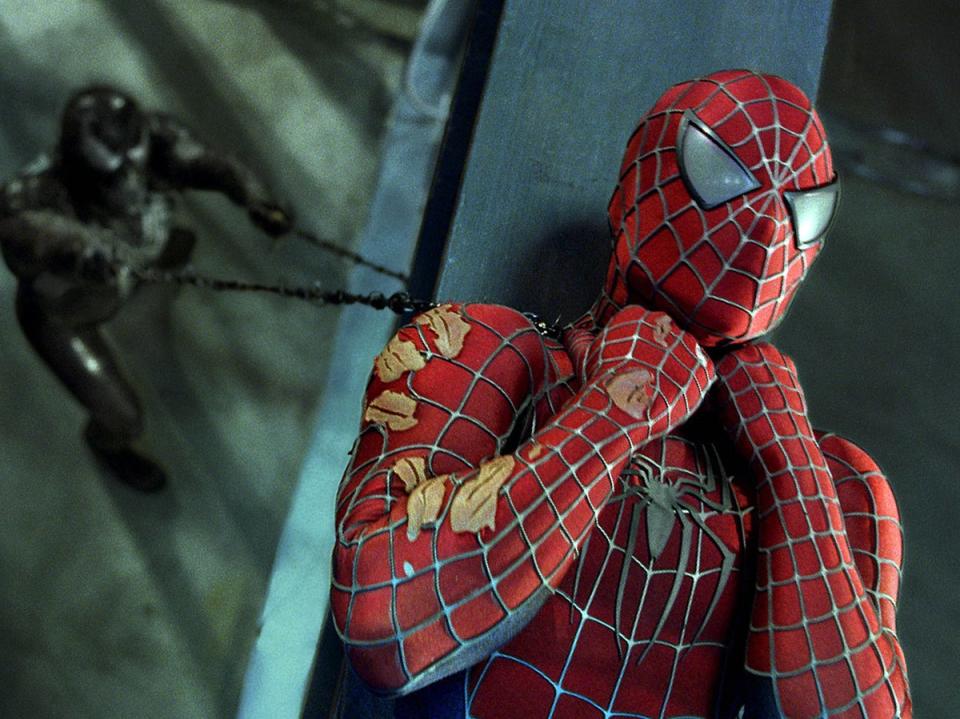
Star Trek into Darkness (2013)
JJ Abrams’s sequel to the generally well-liked Star Trek reboot found a promising villain in Benedict Cumberbatch’s Commander John Harrison. When it is later revealed that he is, in fact, the notorious franchise villain Khan, the whole thing unravels. Just have him be an original foe – the film would have been all the better for it.
Star Wars IX: The Rise of Skywalker (2019)
Okay, the “one change” needed to fix this franchise low-point is a fairly big and consequential one: get rid of the Emperor. The decision to bring back Ian McDiarmid’s nefarious Emperor Palpatine, after his apparent demise in Return of the Jedi, was a disastrous one. It was never really explained in the film – the expository line “somehow, Palpatine returned” – has been widely mocked on social media. Without him, the film would’ve found a far more compelling main villain in Kylo Ren (Adam Driver). Plus, a narrative that wouldn’t be riddled with quite so many plot holes.
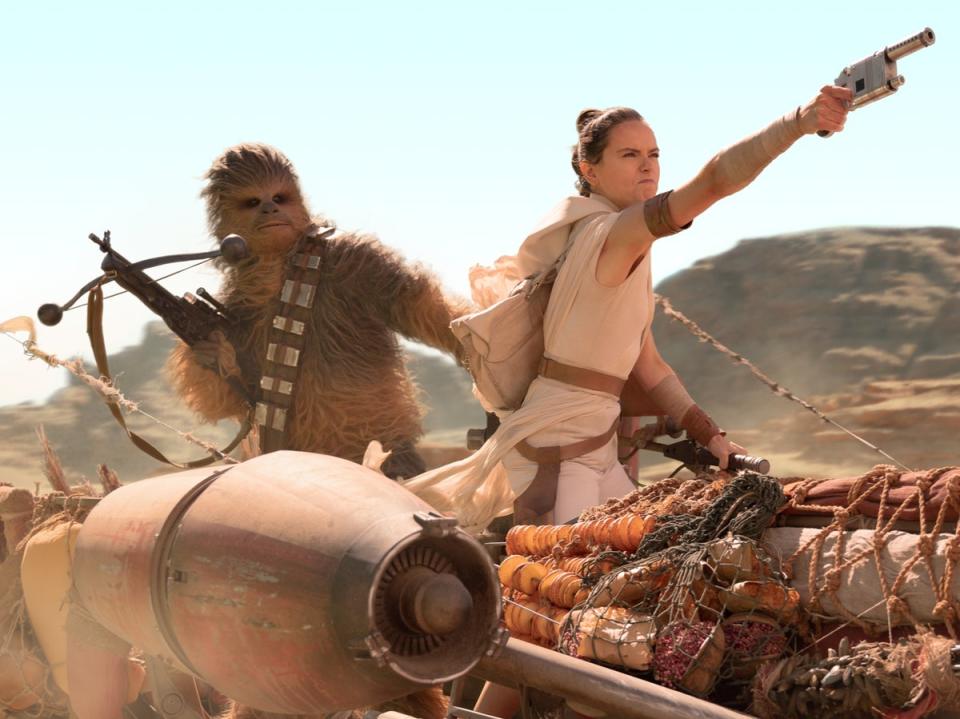
The Hobbit: An Unexpected Journey (2012)
It’s easy to see why Peter Jackson’s JRR Tolkein adaptation was split into three films – after the success of The Lord of the Rings, it must have been financially irresistible to transform this modest prequel into an epic undertaking. But the results were undeniably drab. A standalone one-film adaptation of The Hobbit would have made a lot more sense, and had the potential to be much, much more compelling.

 Yahoo Movies
Yahoo Movies 